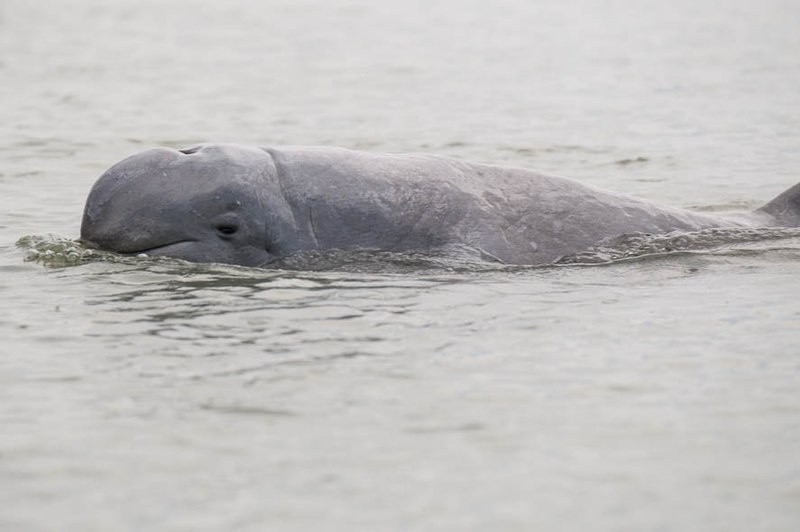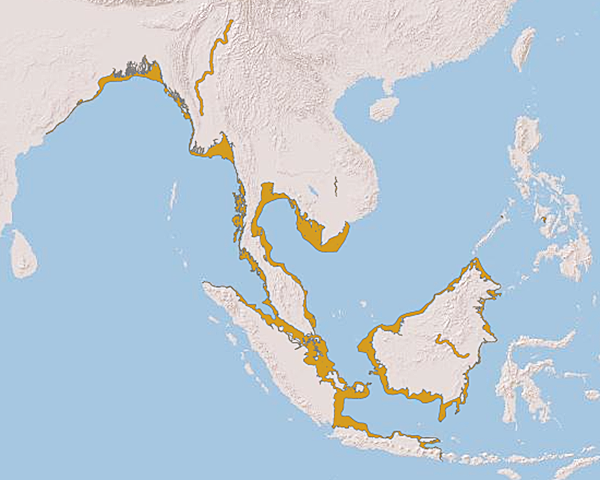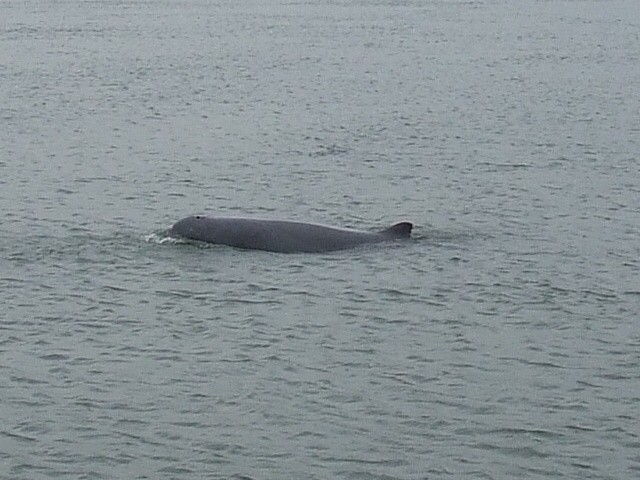Rare Irrawaddy dolphin found dead in Camarines Sur, Philippines. On Tuesday, an Irrawaddy dolphin that had died was discovered along the beach in Barangay Bonot, Calabanga town, Camarines Sur province.

Sudden Appearance
It was the first time an Irrawaddy dolphin had been seen in Bicol, according to a statement released Thursday by the Bureau of Fisheries and Aquatic Resources in Bicol (BFAR-5).
The specie was confirmed by Dr. Lem Aragones, President of the PMMSN and Professor of Marine Mammal Science, according to Nonie Enolva, BFAR-5 spokesperson. "BFAR coordinated with the Philippine Marine Mammal Stranding Network (PMMSN) along with other core member institutions, and local government units, in collecting the carcass for postmortem examination, identifying, validating the specie identification, and proper investigation of the case," she added.
Reporting the Incident
Enolva, a local fisherman who acknowledged that the dolphin became trapped in his crab net, reported the animal dead.
"The local government unit of Calabanga collaborated with BFAR Regional Office 5 for the correct corpse disposal. It was a female with a total length of 1.8m long (sub-adult)," she stated.
Studying the Incident
The Central Bicol State University of Agriculture (CBSUA) received the carcass for appropriate freezing. It will be utilized on September 5 and 6, 2022, at the University of the Philippines Institute of Environmental Science and Meteorology (UP IESM) for the Medical Management of Stranded Marine Mammals: Clinicopathologic, Diagnostic Imaging, and Necropsy Training.
Nelson Bien, the regional director for BFAR-5, has given the go-ahead for the carcass to be sent to the UP IESM's Marine Mammal Research & Stranding Laboratory using its freezer van.
The stranding site (Calabanga) is located within the San Miguel Bay facing the Pacific side and is north of the Bicol River basin. This specie inhabits the coastal estuaries, and rivers of the Bay of Bengal and Southeast Asia, according to Enolva. The first two areas where this specie was found in the Philippines were Malampaya Sound in Palawan and the waters of Iloilo-Guimaras and Negros Occidental.
She noted that the Department of Science and Technology (DOST)-funded project PHL MarMams would soon be conducting dolphin surveys in San Miguel Bay in partnership with BFAR-5 and Dr. Aragones and his team.
A Rare Dolphin
According to the Department of Environment and Natural Resources (DENR) Administrative Order 2014-15 and the International Union for Conservation of Nature's (IUCN) Red List, the Irrawaddy dolphin is a critically endangered species.

In coastal seas from the Bay of Bengal east to Palawan, Philippines, and south to northern Australia, the Irrawaddy dolphin (Orcaella brevirostiris) can be found. Additionally, it occurs in Southeast Asia's three principal tropical river systems, the Mekong, Mahakam, and Ayeyarwady.
The small beak, bulging forehead, and 12-19 teeth on either side of each jaw identify the Irrawaddy dolphin. There has a triangular pectoral fin. This dolphin breaths every 70 to 150 seconds when diving; the tail is rarely seen, and the head usually shows first before disappearing. It often swims in groups of 10 or more animals, and lone individuals are uncommon.
Conservation Efforts

WWF researches dolphin mortality, population, and ecology. At least two population studies of Irrawaddy dolphins in the Mekong River are carried out annually by the Cambodian Mekong Dolphin Conservation Project. From March to May, when dolphins gather in shallow pool regions, surveys are often carried out. The Coca-Cola Company, WWF, and locals work together to enhance infrastructure, restore habitat, and reform local policy to mitigate the effects of climate change in the Mekong River Basin.
Related Article: Dolphin Population Becomes Extinct After Last Member Got Entangled in Fishing Gear
For similar news, don't forget to follow Nature World News!
© 2025 NatureWorldNews.com All rights reserved. Do not reproduce without permission.





